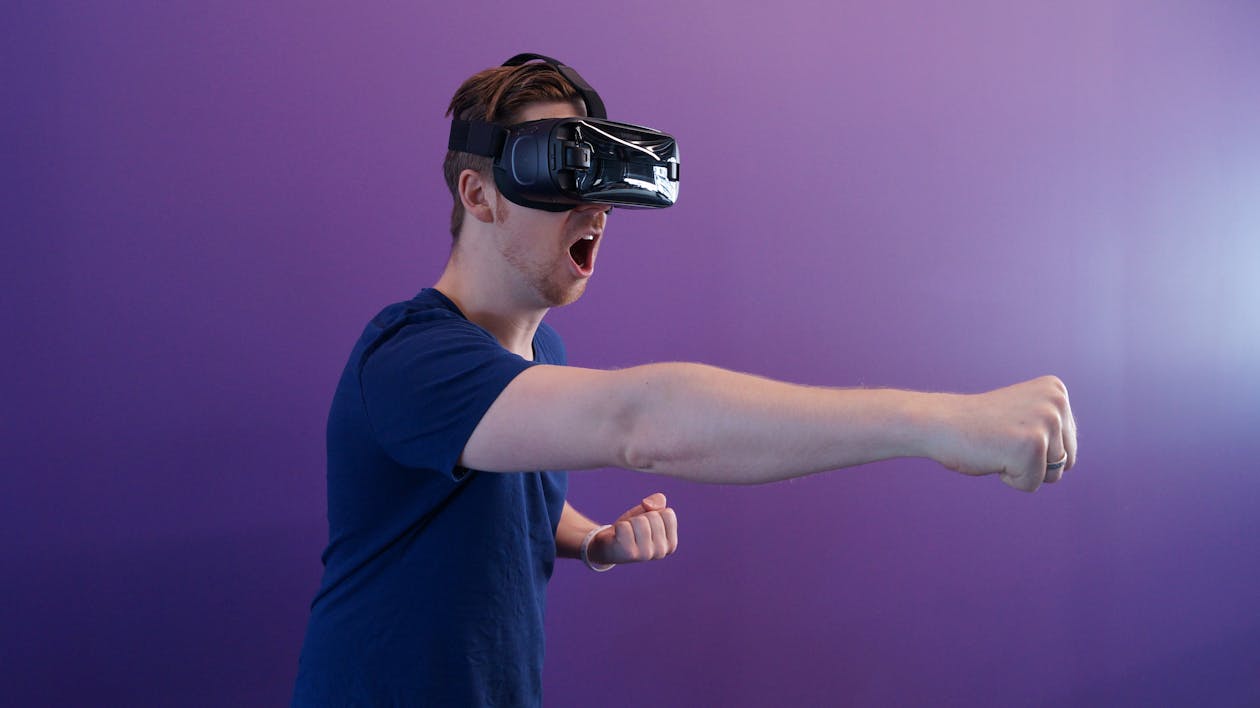Human Augmentation: Pushing the Boundaries of Human Capabilities with AI
Human augmentation, often referred to as "Human 2.0," is a rapidly evolving field aiming to enhance human capabilities beyond their natural limitations. This involves integrating technology with the human body, expanding our physical, cognitive, and sensory abilities. AI plays a crucial role in this endeavor, driving innovation and pushing the boundaries of human potential.
 |
| Human Augmentation: Pushing the Boundaries of Human Capabilities with AI |
What is Human Augmentation?
Human augmentation encompasses a diverse range of technologies and approaches, each seeking to augment specific aspects of human abilities. Some key areas of focus include:
- Physical augmentation: This involves using technology to enhance physical strength, endurance, and resilience. Examples include exoskeletons, prosthetics, and implants that improve mobility, sensory perception, and cognitive function.
- Cognitive augmentation: This aims to improve mental performance and cognitive abilities. This might involve brain-computer interfaces (BCIs) that allow direct interaction with computers and external devices, or neurofeedback systems that train individuals to regulate their brain activity.
- Sensory augmentation: This focuses on enhancing or restoring lost sensory capabilities. Examples include cochlear implants that restore hearing and visual implants that provide sight to the blind.
The Role of AI in Human Augmentation:
AI plays a pivotal role in human augmentation by:
- Developing advanced algorithms and software: AI algorithms are used to interpret data from sensors, control prosthetic limbs and other devices, and personalize augmentation experiences.
- Optimizing human-machine interaction: AI-powered interfaces allow for natural and intuitive interaction between humans and augmented technologies, improving user experience and control.
- Personalizing augmentation: AI can analyze data about a user's needs and preferences to personalize their augmentation experience, ensuring optimal performance and comfort.
- Predicting and preventing problems: AI can analyze data from sensors and predict potential problems with augmented systems, allowing for preventative maintenance and reducing the risk of failure.
- Accelerating research and development: AI helps researchers analyze vast amounts of data and simulate complex scenarios, leading to faster development of new augmentation technologies.
Examples of AI-powered Human Augmentation:
- Prosthetic limbs powered by AI can learn and adapt to their users' movement patterns, providing a more natural and intuitive experience.
- Exoskeletons controlled by AI can help individuals with disabilities perform tasks that would otherwise be impossible, improving their independence and quality of life.
- BCIs powered by AI can translate brain activity into commands, allowing individuals with paralysis to control computers and external devices with their thoughts.
- AI-powered vision systems can be used to develop bionic eyes that restore sight to the blind, enabling them to perceive their surroundings and navigate their environment.
Benefits and Challenges of Human Augmentation:
Human augmentation offers numerous potential benefits, including:
- Improved quality of life: Augmentation technologies can help people with disabilities live fuller and more independent lives.
- Enhanced human performance: Augmentation can improve physical and cognitive abilities, allowing humans to achieve new feats and reach their full potential.
- Increased safety and security: Augmentation can improve situational awareness and response times, making individuals safer in dangerous environments.
- New opportunities for exploration and discovery: Augmentation can open up new avenues for scientific exploration, technological innovation, and artistic expression.
However, several challenges need to be addressed, including:
- Ethical considerations: Augmentation raises ethical concerns about fairness, equality, and the potential for misuse.
- Safety and security risks: Augmentation technologies can be vulnerable to hacking and other cyber threats, posing risks to user safety and privacy.
- Cost and accessibility: Augmentation technologies can be expensive, limiting access to those who can afford them.
- Social and psychological impact: Augmentation raises concerns about the impact on human identity, relationships, and social interactions.
The Future of Human Augmentation:
The future of human augmentation is bright, with continuous advancements in AI and other technologies leading to even more remarkable innovations. With careful consideration of the ethical and social implications, human augmentation has the potential to revolutionize human capabilities and create a brighter future for all.



